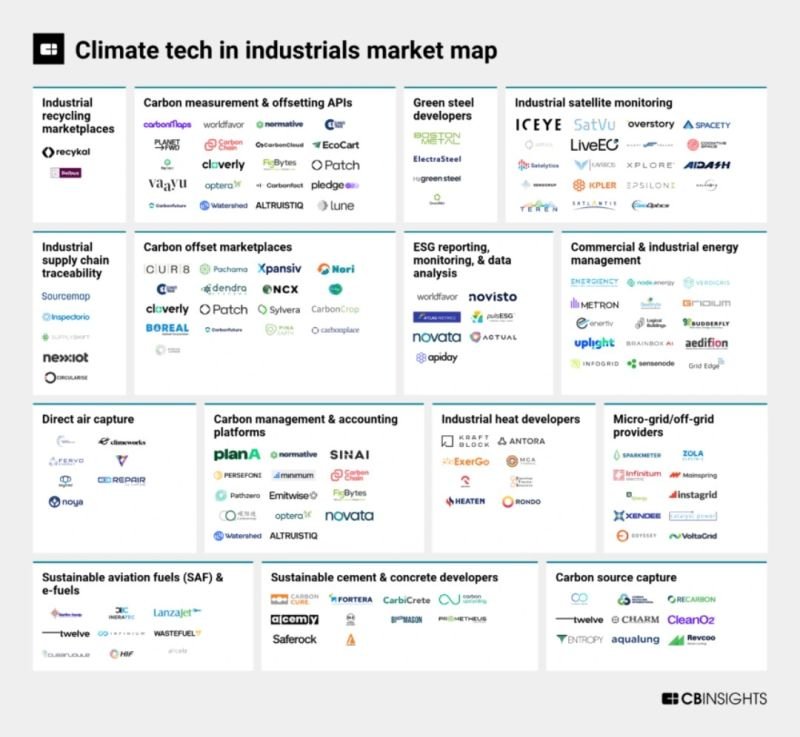I’ve struggled with this, embracing failure. I’ve struggled mainly because I failed to understand what it means (intentional pun!) . Failure as a word, for my generation of Irish GenX, is not to be tolerated or considered. To fail was to be labeled a Failure, a badge not easily shaken off. Plough on, regardless - never a backward step. The misplaced arrogance of most founders is to follow their initial design and implantation vision without allowing missteps and learning. Randy Bean, author of the book Fail Fast, Learn Faster discusses how early innovation needs to be comfortable coupled with failure:
‘I believe we are the best place in the world to fail (we have plenty of practice!), and failure and invention are inseparable twins. To invent you have to experiment, and if you know in advance that it’s going to work, it’s not an experiment. Most large organizations embrace the idea of invention but are not willing to suffer the string of failed experiments necessary to get there. Outsized returns often come from betting against conventional wisdom, and conventional wisdom is usually right. Given a ten percent chance of a 100 times payoff, you should take that bet every time. But you’re still going to be wrong nine times out of ten.'
This is not a transitional phase, it’s a cultural pillar.
A couple of years ago I consulted with a large organization that was struggling to implement their new strategy, which demanded a few process transformations from functional leaders. Overall, there appeared to be a paralysis through analysis which I assumed was a fear of failure. So, I built confidence, removed risk, and created early wins. Still, there was little progress. Then, in a private lunch with one stakeholder, he let it slip. It wasn’t a fear of failure, it was a standoff not to be the first to fail. Such was the culture, that first to fail would take all the attention and potential consequence - including in turned out - failure loading ‘ Hey I only failed because he did, if his project had been a success, so would mine!’ Failure in attempting was culturally discouraged to the point of generating a standoff and progress standstill.
Leaders need to visibly embed innovation and failure into our start-up culture. Its sounds so weird even writing it - ‘encourage failure, why would I do that!’ Jeff Bezos's 2015 shareholder report made a remarkable statement of what he expects from his teams:
“One area where I think we are especially distinctive is failure. I believe we are the best place in the world to fail (we have plenty of practice!), and failure and invention are inseparable twins. To invent you have to experiment, and if you know in advance that it will work, it’s not an experiment. Most large organizations embrace the idea of invention but are not willing to suffer the string of failed experiments necessary to get there. Outsized returns often come from betting against conventional wisdom, and conventional wisdom is usually right. Given a ten percent chance of a 100 times payoff, you should take that bet every time. But you’re still going to be wrong nine times out of ten.”
Both leaders, Bean and Bezos emphasize that the company’s appetite for failure is in culture, the DNA of the company which in a start-up is set by the Founder.
Let me finish on a positive story. During COVID, I asked one of teh Santcifly team members who was responsible for customer communications (which had dropped off a cliff), to come up with 5 processes we could improve for either better results or efficacy when the market returned. The first month she did five. Next six, then eight, by month four she was coming to me with 10 innovations and ideas, all small Type Two stuff, she wanted to trail that month. Some worked, most didn’t, but so what! We were learning so fast, it was brilliant and highly motivational during a tough period to be in travel tech.
Ask yourself; which expression would you be most comfortable putting on your whiteboard this month:
‘Move fast and break things’ or ‘Perfection is in our grasp’. If we do not easily accept our failures and willingness to try again, how are we encouraging innovation and learning in others? Acclaim and reward innovation and attempts over outcomes, personally and with your team.







